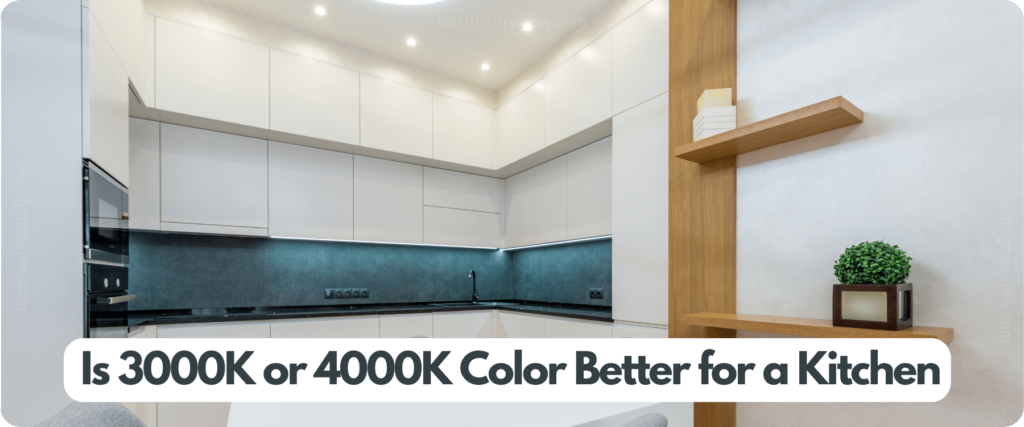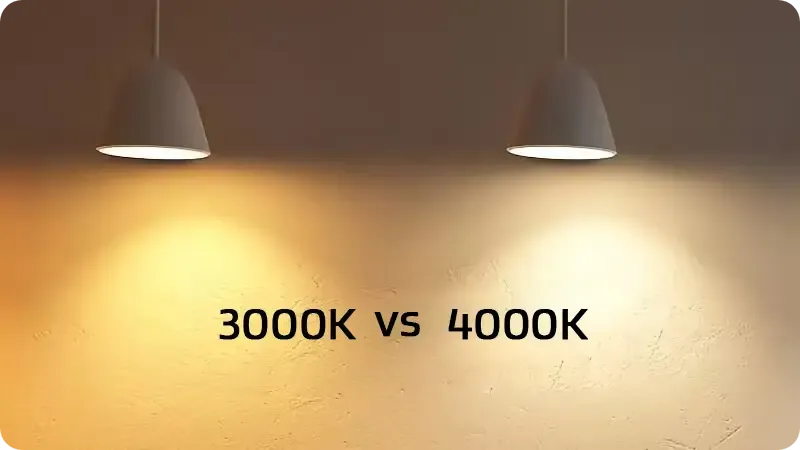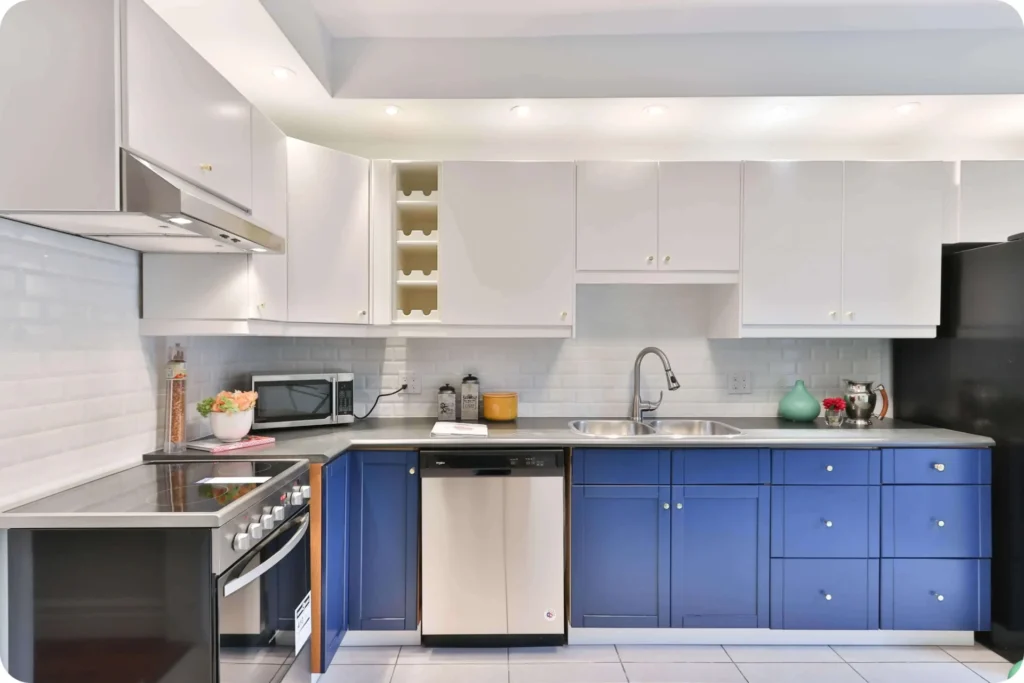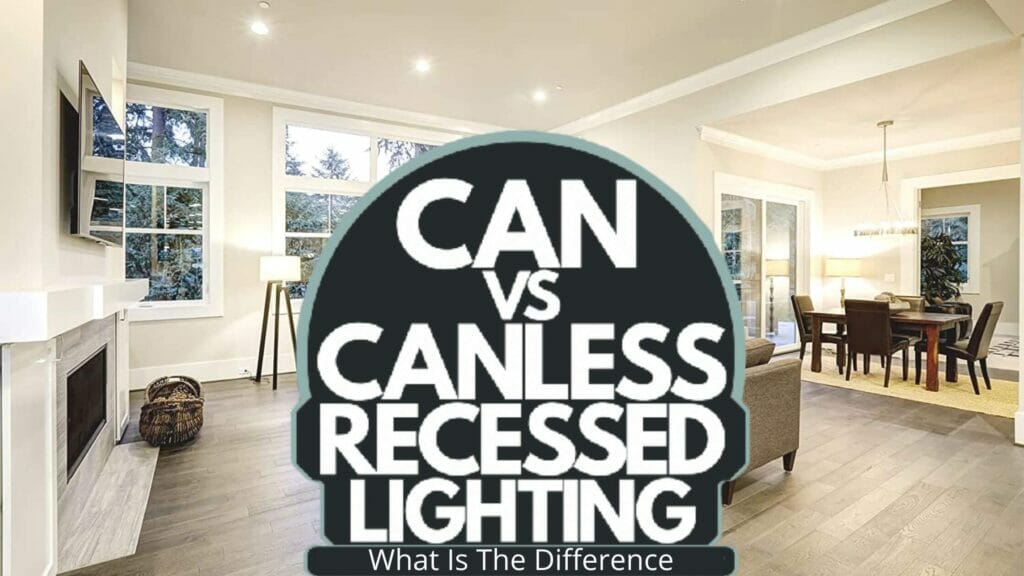

There are a lot of considerations when thinking about kitchen lighting. One of the most crucial is the color temperature of your bulbs. It’s usually between 3000K and 4000K for kitchens, but which one is better? This article looks at the differences between 3000K vs 4000K Light and helps you decide which color temp is best for your kitchen.
Introduction
Every room in a home needs to be lit effectively so does the kitchen too. Good visibility while cooking, plus adding to the atmosphere and mood swings comes through proper lighting. The choice of color temperature remains one among many vital decisions when it comes to kitchen lighting.
What is Color Temperature?
Color temperature refers to a light source’s hue as measured in Kelvin (K), where lower Kelvin temperatures indicate warmer tones while higher ones show cooler tones. The Kelvin scale ranges from 1000K to 10,000K, with household lighting typically falling within the 2700-5000k range.
The Difference Between 3000K vs 4000K LED Lights


There are significant implications that distinguish between lights with color temperatures of 3000k and those producing 4000k. Warm white light similar to the incandescent bulb glow occurs when using light bulbs rated at around this figure. Such lights create an inviting environment that modernizes your kitchen into a place where one would feel comfortable living in again. However, Cool white light like daylight is emitted from lights with a rating of about this number which makes them suitable for use in kitchens with contemporary themes.
Pros and Cons
3000K Color Temperature:
- Pros: Warm and inviting, similar to incandescent bulbs – gives off a cozy feel to our kitchen.
- Cons: This may give rise to yellow or orange shades, and may not feel comfortable for someone.
4000K Color Temperature:
- Pros: Produces sharp bright light resembling daylight and breathes life into a kitchen.
- Cons: May look a little bit blue or greyish as considered by some users as being too harsh.
Which One Suits a Kitchen Better?


The preference between 3000K and 4000K is subjective depending on your liking and how different your kitchen is from mine. If you need to make your kitchen more comfortable, go with 3000k.
On the other hand, if you desire something lighter and more modern, 4000K could be the better choice. Importantly, consider what activities you will do while in the kitchen; if they include cutting and reading recipes in detail, opt for a higher color temperature such as 4000K.
Factors to Consider When Choosing a Color Temperature
When selecting a color temperature for your kitchen there are several things to think about:
1. Kitchen style
The style of your kitchen can influence the selection of color temperature. For example, kitchens that are traditional or cozy may benefit from 3000K instead. On the other hand, if your kitchen exudes a modern or minimalist vibe, 4000K might be the preferred choice.
2. Lighting needs
Assess the lighting requirements of your kitchen. If you have a spacious kitchen with high ceilings, brighter lights may be necessary, a criterion met by 4000K. And whereas smaller close quarters need less illumination so try using lower-wattage lighting systems such as those rated at approximately 3000 kelvin.
3. Light bulb type
Light bulb choices affect the color temperature of your kitchen. Kitchens mostly apply LED bulbs, which can be either 3000K or 4000K. Check the label to ensure that you choose a bulb with the desired color temperature.
4. Dimming options
Dimmable bulbs may be chosen if you require control over how bright your kitchen lights are. Nevertheless, make sure that the range of color temperature for the bulb is within your needs as some dimmable lights have limited options.
Conclusion
Identifying the most appropriate color temperature for lighting in one’s kitchen is indeed a highly controversial issue. It depends on personal preference and what one’s kitchen requires equipped with as per an individual requirement, both 3000K and 4000K would perform excellently Take into account factors such as kitchen style, lighting needs, light bulb type, and dimming options guide your decision-making process.






